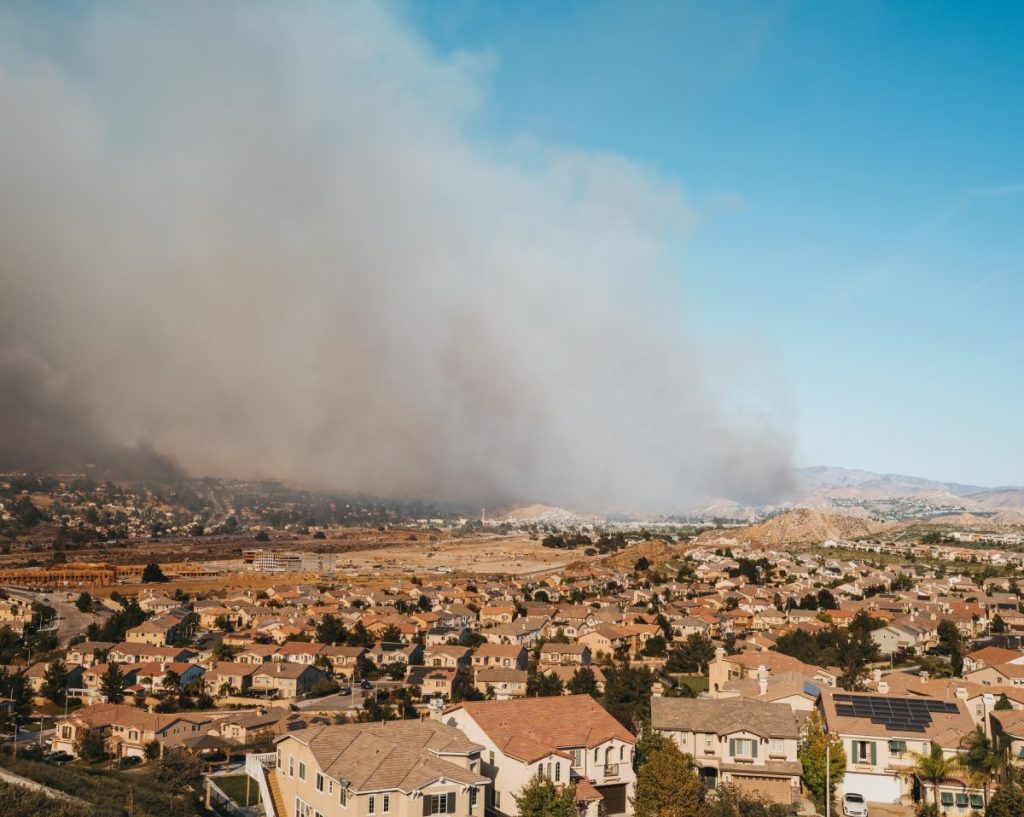Several weeks ago I blogged about the way insurers sometimes use “other insurance” provisions to argue that they are not responsible for paying for a loss because “other insurance” is required to do so. In today’s blog I will address a similar and related topic that comes up in scenarios involving condominium and homeowners’ associations.
Condominium Owner Insurance (COI) policies are designed to insure everything inside the condo, while recognizing the Home Owners’ Association (HOAs) will insure the common areas. The HOA coverage is often referred to as "walls out" coverage, because everything within the walls of the owner’s individual unit is usually that person’s individual responsibility (But in some condo policies, the interior, "bare" walls are covered by the HOA master policy as well). Generally, the HOA’s governing documents (CC&Rs) should typically state exactly which areas the HOA policy insures.
Although the issue of which policy (HOA vs. COI) covers a specific loss should be reasonably straightforward, as we all know – insurance companies have a knack for making simple issues complicated. Consequently, when property damage occurs at condominium complex, individual condo owners and HOAs can get caught in the middle of the disputes between the COI insurer and the HOA’s insurer.
A good example of this was in Palacin v. Allstate Insurance Company.1 In that action, a woman owned a condo unit in a California condominium development managed by its homeowners association. Under the condominium’s CC&Rs, the HOA was responsible for obtaining property insurance for the entire development. The CC&Rs instructed unit owners to insure their own units only under certain limited circumstances. The woman bought a "condominium owners" insurance policy from Allstate. Regarding coverage for real property, it stated in part: "We will cover items of real property pertaining directly to your resident premises which are your insurance responsibility as expressed or implied under the governing rules of the condominium."
Subsequently, the insured submitted a claim, seeking coverage for water damage to the interior of her condominium unit that resulted from a water leak in a neighboring unit. First she submitted the claim to the HOA’s insurer. Surprise, surprise—that insurer denied the claim. The insurer’s denial was on the grounds that it did not cover floods. The woman thereafter submitted the claim to her COI carrier (Allstate). Allstate also denied the claim, stating that the HOA was responsible for obtaining insurance for the claimed loss.
The woman ultimately sued her own insurer for breach of contract and bad faith. In response Allstate filed a motion to dismiss. Allstate argued that the woman’s COI policy did not provide coverage for real property damage inside her condominium because: (1) the policy covered only those real property items “which are your insurance responsibility as expressed or implied under the governing rules of the condominium”; and (2) the governing rules of the CC&Rs do not place the responsibility on the woman to insure the interior structure of her condominium. Allstate additionally argued that its policy was an excess policy to the HOA’s insurance policy (based on the other insurance clause), and that the woman could not show that the HOA’s insurer had exhausted its limits in payment of the claim.
In response, the woman argued that under the CC&R’s she was responsible for obtaining insurance for the interior structure of her condominium unit and therefore her damages were covered by the Allstate policy. She also argued that she initially made a claim for the water damage to the HOA’s insurer, but the insurer had denied the claim based on its assertion that the Association’s policy “doesn’t cover floods.” Counsel for the woman stated at oral argument he could amend the complaint to reflect these facts.
The trial court ultimately concluded that even assuming the plaintiff could amend the complaint to allege that the loss was not covered by the HOA’s policy, the complaint would not state a basis for recovery because the HOA’s CC & R’s unambiguously placed sole responsibility on the HOA to obtain insurance coverage for the interior structure of the condominium units. The court granted the motion to dismiss, and entered judgment in Allstate’s favor.2
On appeal the Court reversed the trial court’s decision. First the court found that Allstate’s interpretation of the policy (that it provided no coverage because the HOA’s insurance was responsible for all coverage arising from damage to real property within the condominium unit per the CC&Rs) was incorrect. The court found that if such an interpretation were taken to its logical conclusion then Allstate essentially sold the woman an illusory insurance policy—a policy that claimed to cover real property damage she was responsible for, but in reality would provide no such coverage because the CC&Rs required the HOA to be fully responsible for property damage to the interior of her unit. The court was unwilling to interpret the policy in this fashion.
Second, the court found that if the plaintiff were given the ability to amend her complaint to allege that the property damage was not covered by the HOA’s master policy, she could therefore show that the loss was her insurance responsibility, and that Allstate would be required to provide coverage.
Although the court of appeal sent the case back to the trial court with instructions to give the plaintiff leave to amend her complaint, this case raised an interesting problem for the insured—on remand (back in the trial court) she would have been required not only to allege that the HOA’s insurance policy did not provide coverage, but would have been required to prove that as well. This would require the insured to essentially step into the shoes of the HOA’s insurer and argue that the HOA policy did not cover the loss as a condition to triggering coverage under the Allstate policy. If she could not do so (i.e., if the court found that the HOA policy provided coverage, not only would her claim against Allstate been lost, but it would have likely been too late to file suit against the HOA’s insurer.
In the condo/HOA context it is important to remember that there will likely be more than one insurance policy that can arguably cover a given loss (HOA’s policy and Condo owner’s policy). It is important to review both insurance policies, and where appropriate pursue claims under both insurance policies.
1 Palacin v. Allstate Ins. Co. (2004) 119 Cal. App. 4th 855.
2 As a side note, although the plaintiff did not do so, she might have sued both insurance companies and let them battle over which was responsible for the loss. Each insurer would have undoubtedly pointed the finger at the other, giving the insured even more leverage from a public policy standpoint. She could have then argued that if each insurer was correct that she would be the only loser despite paying premiums for coverage to both insurers (one by way of direct premium, the other collected through HOA dues).


